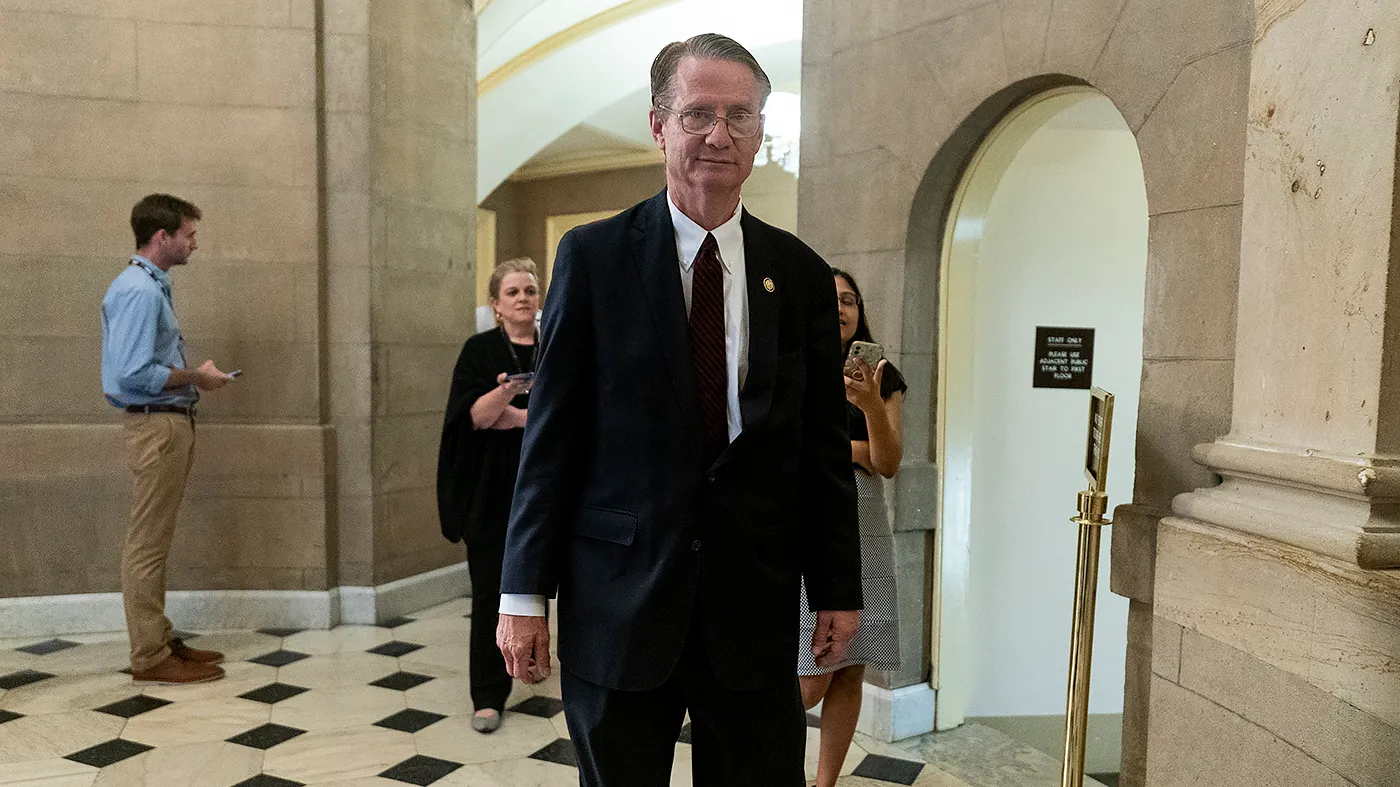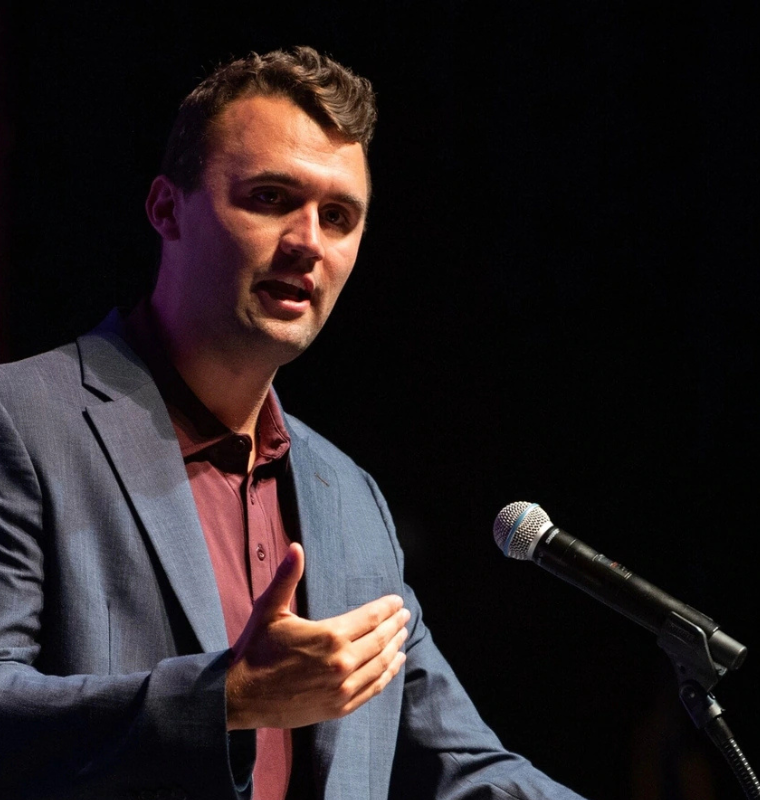Trump’s New Tariff Threat Leaves Russia Surprised but Relieved
Trump’s New Tariff Threat Leaves Russia Surprised but Relieved
By
David Goldfarb
Last updated:
July 15, 2025
First Published:
August 3, 2025

Photo: NBC News
Trump Announces New Tariffs, But Russia Breathes a Sigh of Relief
On Monday, President Donald Trump took to the Oval Office to reaffirm his hardline stance on Russia, unveiling plans for new U.S. arms shipments to Ukraine funded by European allies and a fresh round of tariffs targeting the Russian economy. But the response from Moscow was not panic — it was relief.
The Moscow Stock Exchange climbed 2.7% following the announcement, signaling that investors saw the U.S. measures as lighter than anticipated. After weeks of anticipation and growing tension over Ukraine, the Kremlin had been preparing for more severe economic retaliation.
Russian media, including the prominent tabloid Moskovsky Komsomolets, had braced for the worst. “Trump’s Monday surprise will not be pleasant for our country,” the paper warned just hours before the announcement. But while not pleasant, the blow was far from devastating.
A Softer Punch Than Expected
One of the key reasons for Moscow’s optimism is timing. The secondary tariffs—measures aimed at Russia’s key trading partners—won’t go into effect for another 50 days. That delay offers Russia valuable breathing room to lobby for exemptions, negotiate backchannels, and mobilize diplomatic pressure to soften or postpone their implementation.
In addition, the Trump administration has so far stopped short of sanctioning Russia’s critical energy exports, a move that would have had a more immediate and damaging impact on Russia’s revenue streams, which remain heavily dependent on oil and gas exports.
Washington’s Shift Reflects Growing Frustration
Trump’s pivot toward a more assertive policy comes after months of stalled diplomacy with Moscow. Since returning to the White House in January, the President has made ending the war in Ukraine a top foreign policy goal.
In March, the Kremlin gave a lukewarm welcome to Trump’s proposal for a comprehensive ceasefire. However, Russia’s counter-demands — including an end to Western military aid and Ukrainian mobilization — made negotiations unworkable.
While Moscow has repeatedly stated it wants peace, its conditions have been firm: the cessation of NATO expansion, guarantees against Western intelligence support to Ukraine, and recognition of what it calls its "security concerns."
Russia’s “Yes, But…” Diplomacy Runs Out of Road
The Kremlin’s strategy of “Yes, but…” diplomacy has helped it navigate U.S. pressure so far. This approach enabled Russian officials to appear open to negotiations while continuing their military campaign, avoiding new sanctions for much of the past year.
Critics in Washington and Europe have warned that this strategy is merely buying time for Moscow, allowing it to consolidate its battlefield position without serious diplomatic concessions.
Trump, for his part, had initially leaned into this opening. His administration held back from immediate escalation, hoping to strike a diplomatic breakthrough with President Putin. But the latest round of delays, paired with continued aggression on the battlefield, seems to have shifted Washington’s posture.
Peace on Whose Terms?
From the Kremlin’s perspective, the war can only end on Russia’s terms. That includes the cessation of Western weapons deliveries — a condition that Trump made clear is not on the table.
In Monday’s announcement, the President confirmed that U.S.-funded arms shipments to Ukraine would continue, now underwritten in part by Europe. “I’m not happy with Putin,” Trump declared, signaling that his patience with Moscow may be wearing thin.
But it’s not just Trump who’s frustrated. Russia, too, appears disillusioned. Monday’s Moskovsky Komsomolets did not mince words: “He clearly has delusions of grandeur. And a very big mouth.”
The Road Ahead: Tariffs, Tensions, and Tactical Delays
Though the new tariffs are not as sweeping as feared, they mark a notable hardening of U.S. policy. While secondary sanctions haven’t hit yet, they send a clear message to Russia’s allies — and to Moscow — that Washington is ready to escalate if needed.
The 50-day window offers Putin room to respond, but it also places a ticking clock on diplomacy. Whether the Kremlin opts for negotiation or further confrontation will shape the next chapter of the war — and determine whether this temporary relief turns into long-term economic pain.
Popular articles
Subscribe to unlock premium content
Bolivia How Lithium Mining Policies Are Positioning It as the Next Global EV Battery Hub

Naval Ravikant The Angel Investments That Quietly Made Him a Multimillionaire

Rising From the Rubble Lessons From Billionaires Who Failed 10 Times Before Success

Bolivia How Lithium Mining Policies Are Positioning It as the Next Global EV Battery Hub

Naval Ravikant The Angel Investments That Quietly Made Him a Multimillionaire

Bolivia How Lithium Mining Policies Are Positioning It as the Next Global EV Battery Hub









